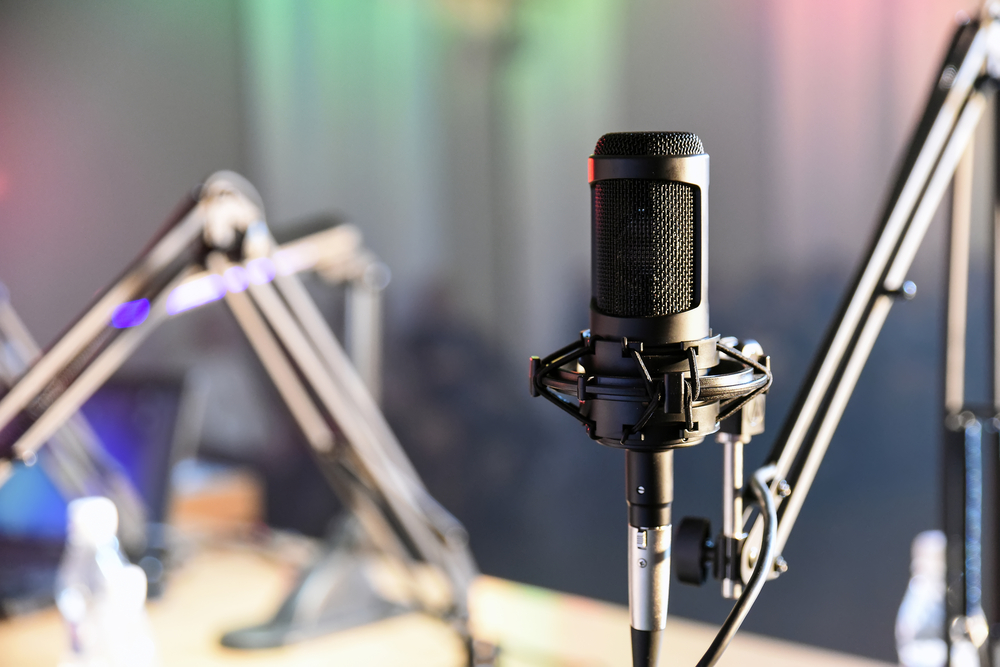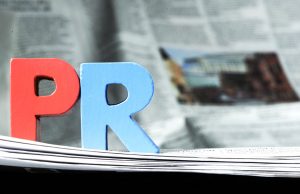 As the Irish radio industry celebrates its 100th anniversary this year, competition in the marketplace has never been tougher. And as our love affair with radio continues to endure, there are many opportunities for a sector that punches below its weight, writes John McGee.
As the Irish radio industry celebrates its 100th anniversary this year, competition in the marketplace has never been tougher. And as our love affair with radio continues to endure, there are many opportunities for a sector that punches below its weight, writes John McGee.
It’s been an interesting few months for the Irish radio industry. Apart from some of the industry’s big names like George Hook, Ivan Yates and Colm Hayes stepping away from the microphone, Ray Foley moving to Cork’s Red FM and TXFM due to hand back its licence to the BAI in October, the stand-out news was the surprise acquisition of Wireless Group – including its Irish radio stations – by Rupert Murdoch’s News Corp (UK & Ireland) for €264m in June.
In the UK, Wireless’ radio assets include talkSPORT, talkRADIO, Virgin Radio UK and 12 local radio stations, of which the majority are based in the North West of England.
In Ireland, Wireless is the largest local radio operator with seven stations broadcasting from Belfast, Dublin, Cork, Limerick and Drogheda as well as and a national advertising sales house in Dublin. The stations include the likes of FM104, Dublin’s Q102, LMFM, Limerick’s Live95FM and Cork’s 96FM and between them they hold strong positions in the key urban areas in which they operate.
The acquisition marks News Corp’s first foray into the radio market in the UK and Ireland and if ever a vote of confidence was needed in radio, this is it. Now, however, it remains to be seen what, if any, plans it has for its Irish stations and whether or not there are opportunities to extract synergies from its existing Irish media operations which include the Sunday Times and the Irish Sun, particularly in areas like content and cross-platform advertising sales.
The acquisition also puts its up against the likes of RTÉ and of course Communicorp, as they slog it out for an advertising pie that is worth around €125m according to Core Media estimates for 2016.
As the latest JNLR/Ipsos MRBI report into Ireland’s radio listenership figures show, News UK & Ireland’s entry to the Irish market comes at a time when radio continues to provide entertainment and news to around 2.99m people- 83% of the adult population- every week-day.
Of this figure some 58% tune into their local or regional station while 44% listen to a national station. In terms of how much radio we listen to on a daily basis, the Ipsos MRBI figures show that we tune in for almost 4 hours per day during the prime 7am to 7pm. The latest JNLR figures also show that national radio has 46.1% share of all minutes listened to while local/regional radio holds 53.9%.
Once again across the various regional areas, national radio – including the RTÉ stations, Newstalk and Today FM- holds the majority share position in Dublin (57.2%) and the greater Dublin commuter belt (57.0%) while local/regional radio is in the majority in the other regions throughout the country. Local radio is particularly strong in the North West (64.1%), Cork (61.3%) and South West regions (60.3%).
Local/regional radio is particularly strong amongst the 15-34 cohort with a share of around 67% compared to 33% for national radio. In Dublin alone, for example, local/regional listenership rises to 72.6% for local/regional stations.
So, who were the winners and losers in the most recent JNLR book?
Not surprisingly, RTÉ Radio 1 had another strong book, gaining 13,000 listeners. Its market share in the all-important 7am-7pm time-frame stood at 23.6%, up by 1.7%. It was particularly strong in Dublin and the Dublin commuter-belt with a 28% share.
Perhaps struggling with the loss of Ryan Tubridy, its stablemate RTÉ 2Fm, however, saw a slight dip of 1.1% to 6% while Lyric FM had a 2% market share. Combined, RTÉ stations reach nearly 1.9m adults 15+ every week or approximately 52% of the adult population on a weekly basis.
Commenting on the latest radio figures for RTÉ, Jim Jennings, Managing Director, RTÉ Radio says: “The latest JNLR figures confirm that RTÉ’s radio services continue to thrive with one in three adults 15+ tuning in to our stations on a daily basis. Radio 1 continues to lead the daytime schedule with 18 out of the top 20 programmes. 2fm has increased its peak time share over the last six months. RTÉ lyric FM has grown its listeners in almost all of the weekday daytime programmes. In such a competitive market, it is heartening to see our stations performing so well,” says Jim Jennings, managing director of RTÉ Radio.
As it prepares for its eagerly-awaited new Autumn line-up, the latest JNLR book was mixed for Newstalk which reported a 6.3% share of all adults listening on a national basis (7am-7pm), down from 6.6% year-on-year. Stablemate Today FM, meanwhile, saw its share at 7.7%, down from 7.9%.
In the cut-throat Dublin market, the big winner was Communicorp’s 98FM which increased its weekday reach by 1% while its 7am-7pm share rose from 6.4% to 6.9%. But FM104 remains the dominant player in the Dublin market with an unchanged weekday reach of 18% and an increased 11.4% of the 7am-7pm.
Continuing its strong run, NOVA, meanwhile maintained its 5% weekday reach while increasing its share from 3.5% to 3.7%.
“These are very respectable listenership figures for us. We continue to increase our daily listenership and market share in a very competitive market place”, says NOVA’s CEO, Kevin Branigan. “We’ve shown continued growth across our daytime schedule in recent times and we continue to take audience from other radio stations in the market”.
Similarly, Sunshine 106.8 maintained its 5% weekday reach while boosting its share to 5.2%, an impressive 1.2% increase. Classic Hits 4FM, meanwhile, with a 3% weekday reach, saw its share drop from 2.6% to 2.3%.
Outside of Dublin, local radio is king and strong brand loyalty is a constant feature of all the recent JNLR books. Of particular note is Limerick’s Live 95FM and Cork’s Red FM, both of which registered impressive gains.
In the case of Red FM, its 19.5% puts it ahead of rival Cork 96Fm which had a share of 19.1%, although both stations shed listeners book-on-book. For Live 95Fm in Limerick, meanwhile, a 10% gain in its daily reach -from 37% to 47%- and an increase in its 7am-7pm share from 29.1% to 35.6% will be an encouraging sign for its new owners.
While the JNLR figures are indeed an important benchmark for ratings and advertisers, radio’s reach now goes well beyond the somewhat confined narrative that can be extrapolated from a piece of market research.
Leveraging off its strong social footprint across platforms like Facebook and Twitter and its intimate knowledge of its listeners, radio has been steadily pushing beyond its traditional boundaries and mind-set into a number of different areas, like live events, brand partnerships and content-focused offerings, such as podcasts and live-streaming.
The JNLR, for example, notes that 476,000 people interacted with a radio station’s website during the period under review while another 397,000 visited their Facebook page. In most cases the level of engagement runs deeper than other media outlets and their interactions with readers or listeners.
The growth of digital audio, meanwhile, and the number of people listening to radio on their mobile phone or tablet, offers additional revenue streams with companies like Communicorp already exploring all their options on this front. As much as 72% of all digital audio streamed, including the likes of podcasts, catch-up and live programming, is now being streamed through mobile devices.
Assuming that the radio sector can position itself properly in this space, the rewards could be substantial as it will allow for the programmatic buying of radio ads based on demographics and market segmentation.
So as Irish radio celebrates its 100th anniversary this year, one can say with a degree of certainty that the next 100 years look set to be very exciting for the industry.
First published in Irish Marketing Journal (July 2016)© to order back issues please call 016611660
























